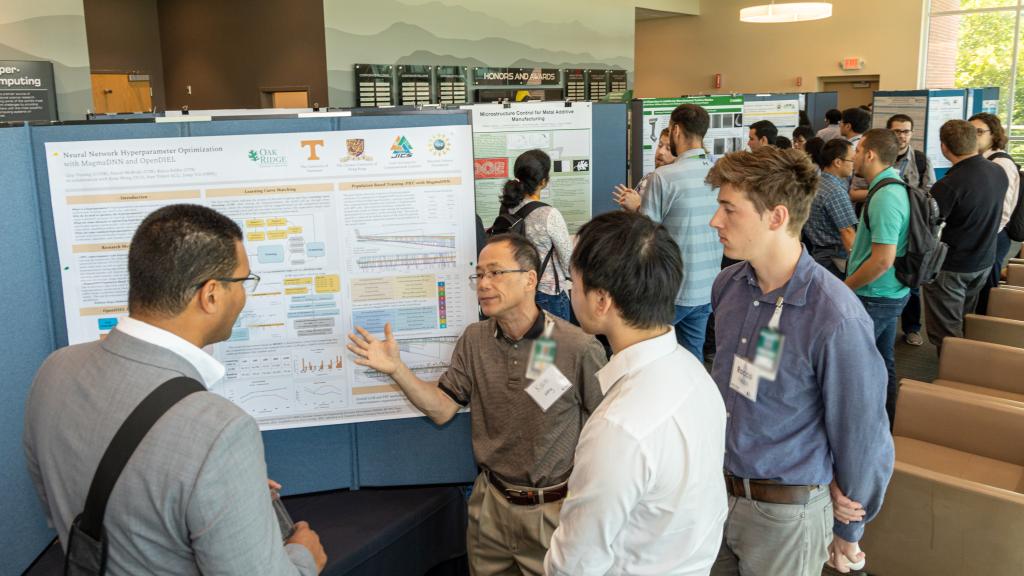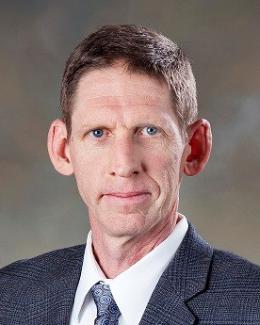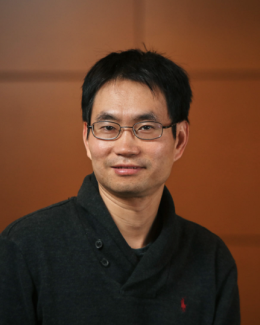
ORNL hosted its first AI Expo on Monday, July 29 to showcase the diverse portfolio of AI research taking place across the Laboratory. From materials science to healthcare to national security, AI has tremendous potential to accelerate breakthroughs across all of ORNL’s research domains.
The Expo was organized into three presentation sessions and two poster sessions and was designed to:
- strengthen and share information across the Laboratory's AI community of practice;
- showcase ORNL's AI capabilities;
- highlight outstanding science and engineering based on AI; and
- highlight potential needs addressable with AI.
In all, 12 speakers elaborated on their collaborative research and researchers presented 50 posters detailing a wide spectrum of AI applications.
“In total 50 posters were presented by staff members from five directorates, more than half of which demonstrated essential AI applications across domains, including advanced manufacturing, materials, national security, and biological and nuclear science,” said Dali Wang, a senior R&D staff member in energy and environmental sciences. “The others addressed critical questions currently dominating the AI debate such as the mathematical foundations, uncertainty and scalability of AI technologies.”
Nouamane (Numan) Laanait, a computational scientist who helped organize the Expo, echoed Wang’s praises on the diversity of science displayed at the Expo. “With very few exceptions, I’m hard pressed to think of any other research institution with a more diverse base of AI efforts,” he said. “Quantum computing, healthcare, cybersecurity, climate science, power grid, additive manufacturing, supercomputing, you name it, we are doing it.”
The Expo spanned the entire day but began with a working breakfast and opening remarks by Laboratory Director Thomas Zacharia, who pointed out remarkable similarities between the opportunities presented by AI today and those presented 20 years ago by high-performance computing, an area in which ORNL is now a world leader.
“The time is right for ORNL to lead on the application of AI to solve big problems. When I look back at my own personal experience, it is coming up on 20 years since a similar opportunity appeared on the horizon with the Office of Science leading high-performance computing,” he said.
Zacharia also discussed future opportunities such as a new institute that would seek to enroll 500 graduate students from the University of Tennessee to perform research, including in AI, alongside Laboratory staff to ensure ORNL remains competitive with other leading research institutions.
Finally, he challenged staff to “. . . think big. Think about partnerships. Think about how we can bring together the attributes we have to realize this exciting opportunity.”
ORNL’s AI Program Director David Womble followed Zacharia with the Expo’s plenary session, titled “AI for Science,” which he opened by pointing out that 35 countries currently have strategies around AI. “The countries and businesses that use their data best will be the most competitive,” Womble said.
Fortunately, ORNL is well-positioned to assist America’s effort in this regard. “We are rich in information; we have more data than we could possibly store,” he added. Womble also mentioned that AI is the fastest growing area of publication with approximately 250 new publications per business day, and more than 500 scientists at ORNL have incorporated some form of machine learning into their research.
Aside from showcasing the sheer breadth of AI-related research across the Laboratory, the Expo also presented a unique opportunity for researchers to network and collaborate.
The AI Expo was sponsored by ORNL’s Computing and Computational Sciences Directorate.




